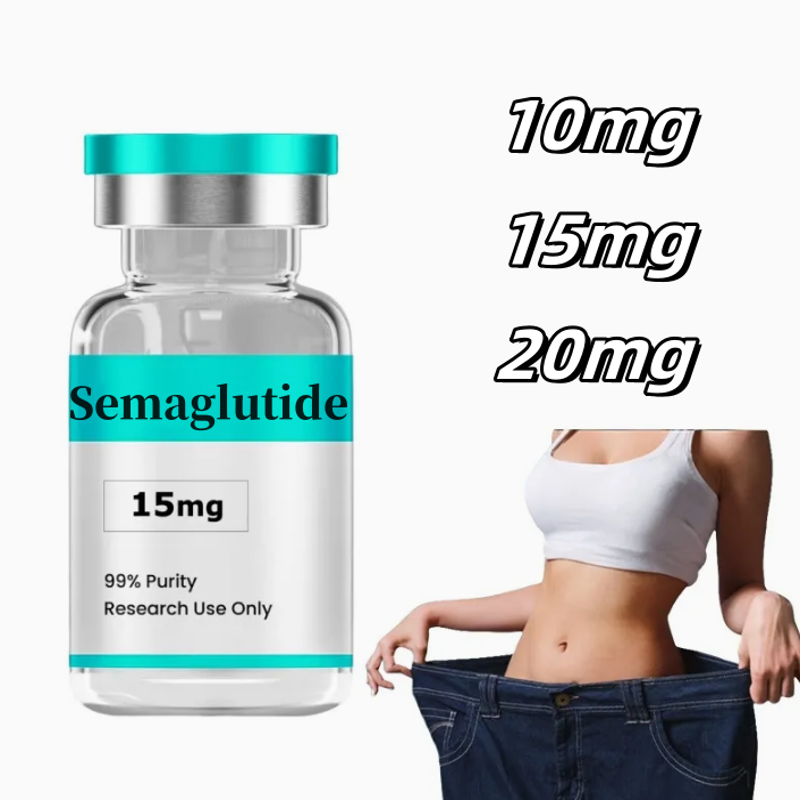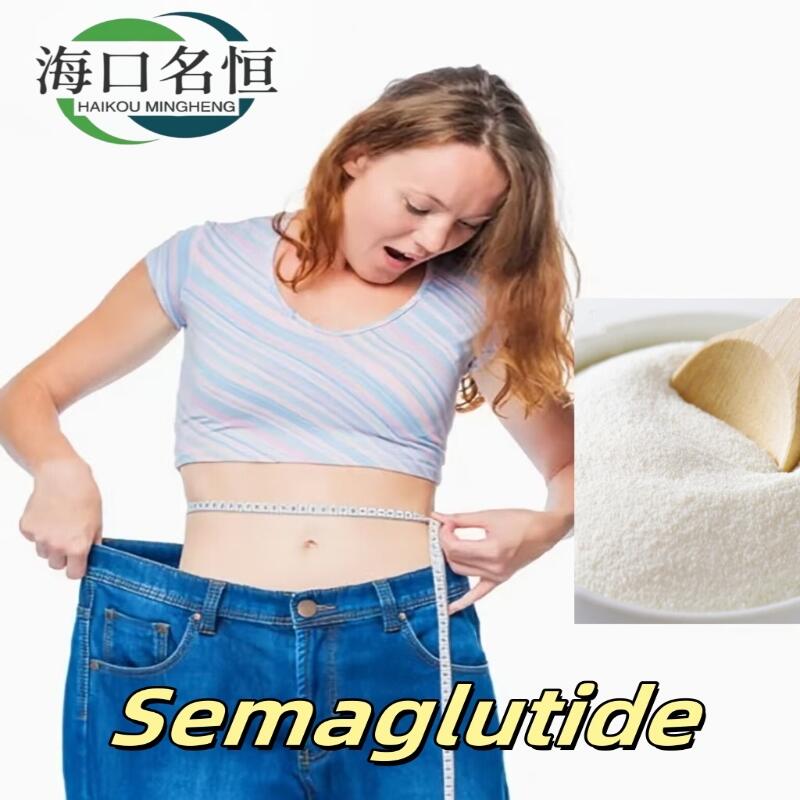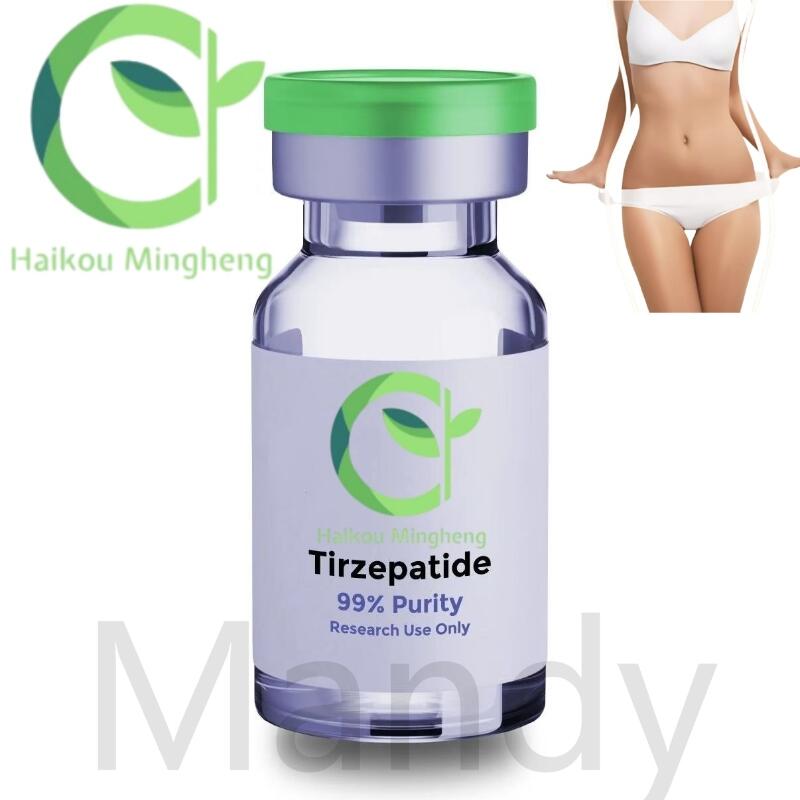Treatment of 62 cases of myasthenia gravis with glucocorticoid and placenta polypeptide injection
-
Last Update: 2014-07-17
-
Source: Internet
-
Author: User
Search more information of high quality chemicals, good prices and reliable suppliers, visit
www.echemi.com
Recently, researchers from the geriatric department of Hubei Hospital of traditional Chinese Medicine published a paper to explore the efficacy and safety of Glucocorticoid (GC) combined with placenta polypeptide injection in the treatment of myasthenia gravis (mg) The results showed that placental polypeptide injection could improve the T-lymphocyte transformation rate of myasthenia gravis patients treated with glucocorticoid, enhance the immunity and resistance of MG patients, and the comprehensive effect was better than that of glucocorticoid alone This article was published in the 8th issue of Hainan Medical Journal in 2014 124 MG patients were randomly divided into control group and observation group, each group was 62 cases In the control group, GC + methylprednisolone + prednisone acetate were infused intravenously In the observation group, placenta polypeptide injection was injected intravenously on the basis of the control group To observe and compare the clinical effect, absolute and relative scores, T-lymphocyte transformation rate, immunoglobulin and complement levels in peripheral blood and adverse reactions before and after treatment After treatment, the absolute score of muscle weakness in the observation group was (10.18 ± 4.11), significantly lower than that in the control group (P < 0.05); the relative score was (60.39 ± 14.05), significantly lower than that in the control group (P < 0.05); the cure rate, apparent efficiency and total effective rate in the observation group were 11.29%, 46.77% and 88.52%, respectively, significantly higher than that in the control group (P < 0.05); the treatment group The T-lymphocyte transformation rate was (65.07 ± 14.16)%, which was significantly higher than that before treatment and the control group (P < 0.05); the total adverse reaction rate was 14.52%, which was significantly lower than that of the control group (P < 0.05) Related links: http://med.wanfangdata.com.cn/journal/hainanyx.aspx
This article is an English version of an article which is originally in the Chinese language on echemi.com and is provided for information purposes only.
This website makes no representation or warranty of any kind, either expressed or implied, as to the accuracy, completeness ownership or reliability of
the article or any translations thereof. If you have any concerns or complaints relating to the article, please send an email, providing a detailed
description of the concern or complaint, to
service@echemi.com. A staff member will contact you within 5 working days. Once verified, infringing content
will be removed immediately.







